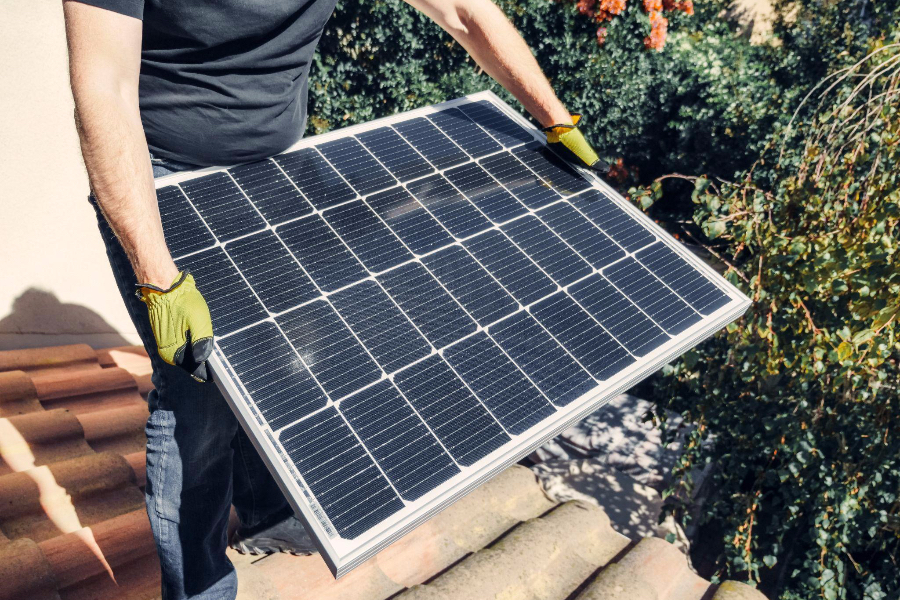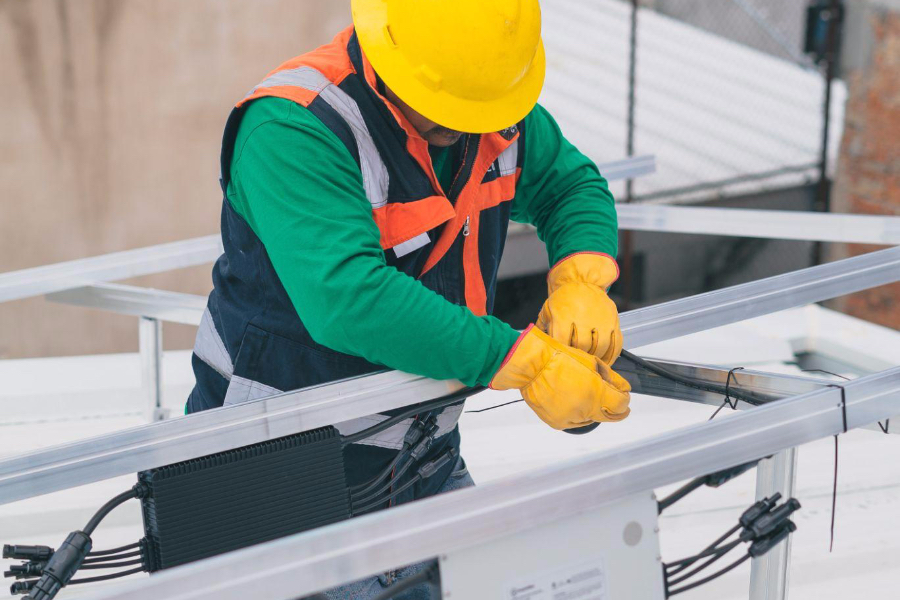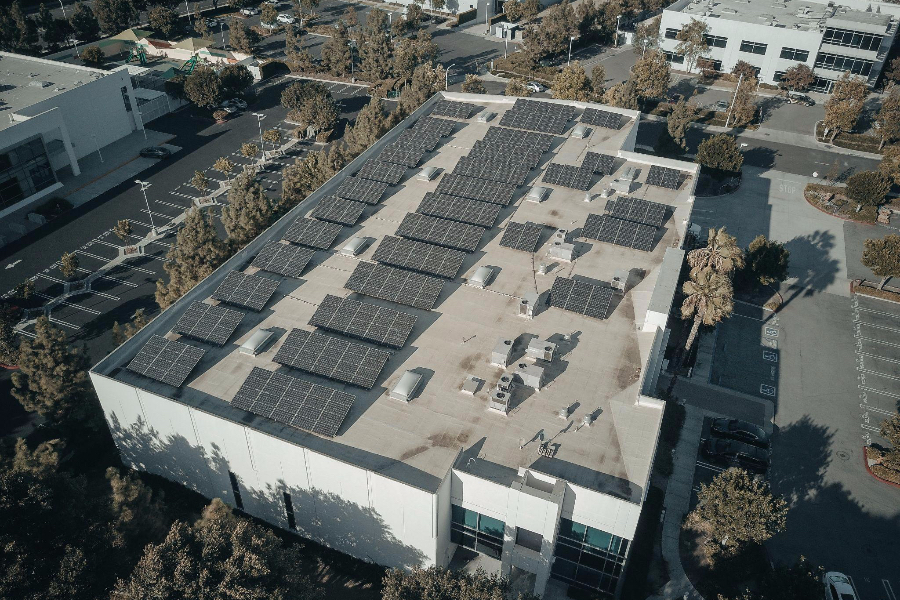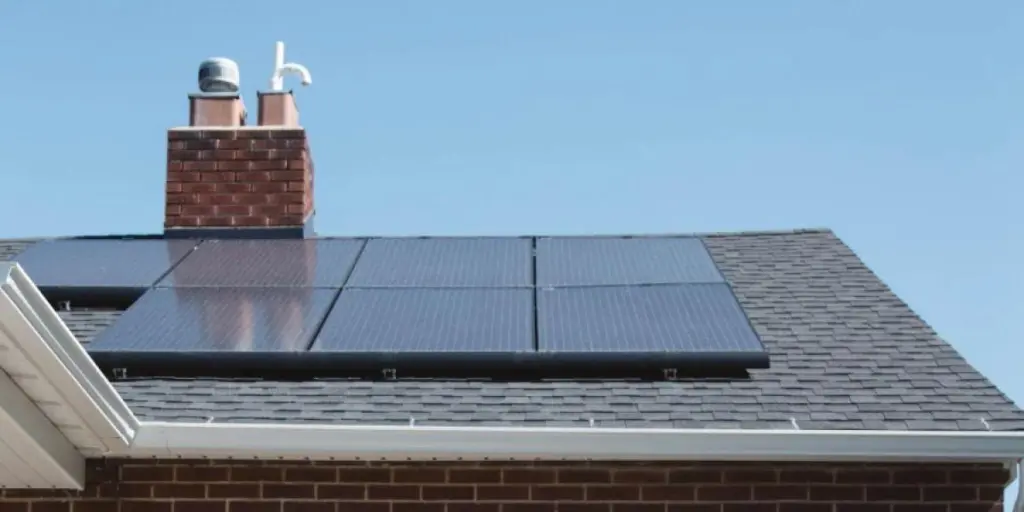Residential solar systems are gaining popularity due to global energy shortages and rising costs. This article looks at the types of systems available and where they are best suited.
Table of Contents
Global regions with rich investment in solar energy
Globally, where’s solar generation a viable solution?
Countries with the most potential for solar energy
Three types of solar systems and their target customers
Residential solar systems are sustainable investments
Global regions with rich investment in solar energy

Sales of solar infrastructure have boomed in many areas of the world. This has primarily been driven by escalating energy costs and increasingly fragile infrastructure.
China leads the way in terms of installed solar infrastructure. This is due to the growth of solar farms in remote locations, which alleviates China’s tremendous air pollution problems.
Meanwhile, USA Energy Information Administration states that in 2020, solar energy accounted for 3% of electricity generation in the US, but predicts that this will increase by 1% in the next couple of years and be 20% by 2050.
In terms of Southeast Asia, Vietnam’s solar sector has grown 6,000% in two years, making this country an exciting investment opportunity for solar expansion.
Japan currently occupies 4th place globally for installed renewable energy and 3rd place for installed solar generation. Under Japan’s 5th Strategic Energy Plan, solar power is expected to provide 80% of Japan’s energy requirements by 2050.
Globally, where’s solar generation a viable solution?
It’s clear from the areas where solar has been adopted that not all countries are suited to this form of renewable energy.
Countries that meet some or all of these criteria are good candidates for renewable energy sources such as solar:
- Countries that have long hours of sunshine.
- Countries that are experiencing water stress. Generating electricity using fossil fuels takes a great deal of water.
- Areas with long transmission lines. Generating power at large stations requires a grid to distribute that electricity. Remote locations and challenging terrains make this both expensive and complicated.
Countries with the most potential for solar energy
There are many areas where the savvy investor will find a ready market for solar systems.
In the Middle East, energy generation from renewable sources, most notably solar, doubled from 2010 to 2020 and now stands at 40GW. Experts predict this will double again by 2024, making the Middle East an attractive prospect for solar energy. This area also receives ample sunshine, and vast tracts of the desert are unpopulated, so building solar farms and harvesting the power is an attractive investment opportunity.
Africa, Asia, and South America have great solar infrastructure potential as well. The production of clean energy is vital to assist many underdeveloped countries in overcoming environmental, economic, health, and social challenges. These countries rely on outdated, fragile, unreliable power generation, which often leads to abandoned economic opportunities and leaves their people with no means of improving their lives.
Australia, like Africa, Asia, and South America, is very solar-rich. The country has enviable amounts of sunlight all year round, and there are opportunities for renewable energy installations all over the continent. The vast distances between communities, especially in the continent’s interior, make electrical reticulation a costly exercise, with long distances to small communities. This makes the installation of small-grid and residential solar installations an attractive proposition.
Europe, with its accompanying energy security challenges, alongside environmental concerns about fossil fuels and the European climate change goals, is driving considerable investment in solar energy in European countries.
While in the United States, higher retail electricity prices concern many householders. Residents in New England have been faced with a 96% increase, while New Yorkers are paying 124% more than in 2021. Small-scale solar projects with less than 1MW capacity now provide over 50GW of electricity, an increase of 19% from the previous year. These small plants now produce around 1% of total energy in the USA and are an area ripe for investment.
Three types of solar systems and their target customers
Off-grid systems

According to a World Bank Report for 2022, the off-grid solar sector is estimated to be the most feasible and cost-effective solution to connect 55% of the world’s unconnected households. The off-grid solar market is estimated at $2.8 billion annually. Market leaders in this sector have gained the trust of new investors as off-grid installations reach profitability. Infrastructure built by off-grid solar companies has the potential to open up vast areas in underdeveloped areas, satisfying consumer demand for energy and laying the foundations for future growth.
Features of an off-grid system
Off-grid systems consist of solar panels, special off-grid inverters, and battery packs. The batteries store sufficient energy to satisfy the needs of the installation for an anticipated number of days with poor solar radiation.
Who would buy an off-grid system?
Consumers of such systems are farmers, lodge owners, and people living in remote locations such as research teams and archeological digs.
Which off-grid systems are a good fit?
Small to medium-type systems come with inverters that supply 3kW up to 50kW, so choosing the correct system depends on accurately interpreting the client’s energy requirements.
On-grid systems

On-grid solar systems are steadily gaining popularity as a means of generating renewable energy and feeding it into a utility power grid.
The current global energy crisis has again highlighted renewable energy’s pivotal role in the energy sector. This presents an active investment opportunity for investors to purchase off-grid systems for their use and to sell the excess energy to a local utility.
Features of an on-grid system
There are two types of on-grid systems. The first system consists of solar panels, inverters, and batteries. This system generates energy for the building, and the excess energy is sold to a utility.
The second type consists of batteries and an inverter. These systems are top-rated in developed countries, with variable costs per unit of energy throughout the day. The batteries are charged using the cheapest power, usually in the early morning hours, and then used to supplement the grid during peak hours when electricity is most expensive.
Who would buy an on-grid system?
Consumers of on-grid systems are project contractors or power investors looking to maximize an investment in electricity production.
Which on-grid systems are a good fit?
Small on-grid kits are excellent for the residential market and are straightforward to install with minimal disruption to the customer. Alternatively, for those customers looking to maximize the use of cheap power during peak periods, there are battery-based systems that will meet these needs perfectly.
Contractors will be looking for small on-grid kits that are excellent for the residential market. The project will effectively rent the house’s roof by installing these on residential housing units. Power generated will then be fed into the municipal grid with the revenue for that power owned by the project.
Hybrid systems

Hybrid systems give the consumer the best of both worlds. These systems connect to the grid and the solar panels but allow for a split between the two power sources. Many hybrid inverters permit energy to be sent from the inverter back into the grid, similarly to those mentioned above.
Features of a hybrid system
As has been said, these systems allow the consumer the best of solar energy as well as grid-based power.
Specific circuits can be set up to draw power from the solar environment first, but if there is no solar, these circuits are fed from the grid. Other circuits can be fed only from the grid. Such systems can also include batteries to power the solar circuits when the grid is unavailable.
Who would buy a hybrid system?
This type of system is ideal for any small to medium size enterprise in a developed environment.
Which hybrid systems are a good fit?
These systems are marketed to consumers in areas with a developed grid supply. The small systems in the 5-8kW range are ideal for households where consumers want to reduce spending on energy, have a continuous supply during power outages, or reduce their carbon footprint.
There are many areas where electricity purchase subsidies have been implemented. These areas are suitable for household hybrid systems. Residential users will generally purchase systems within the 10kw range, while commercial and industrial users will have considerably higher power generation and storage requirements.
Residential solar energy: the consumer’s perspective

A solar kit from Alibaba.com means the consumers can set up the infrastructure themselves. The kits contain all the items required to build the system to the point where it needs to be connected to the enterprise or household’s electrical supply. Qualified electrical technicians best undertake this final connection.
Often renewable forms of energy are considered an expensive alternative to grid power. But almost every country that encourages solar installations has some form of incentive for using this alternative means of generating energy. These come in grants or the ability to sell excess capacity to a local utility company.
What commercial sectors buy residential solar installations?

With the boom in solar installations, solar power installers are always looking for reliable suppliers who can supply kits in various sizes to suit all applications. The wide range of kits at Alibab.com will suit applications as wide-ranging as agriculture, marine, domestic, tourism, and retail.
Climate-aligned investors are keen to enter this market segment as off-grid solar aligns with their economic, social, and environmental strategy. This includes office parks, hotels, shopping malls, and small factories.
Large on-grid systems will be attractive to investors looking to maximize their use of solar energy and then sell excess energy to local utility companies. On the other hand, hybrid systems, such as those in the 50kW range, can accommodate small manufacturing and commercial enterprises.
Larger hybrid installations of 100kW or 200kW are also available. These systems would be well-matched to agricultural packing plants, cool rooms, small factories, and office parks. To assist developing nations many international aid organizations, such as US Agency for International Development (USAID), have many programs to support installing solar energy for agriculture, mining, and commercial purposes.
Residential solar systems are sustainable investments
Energy generation around the globe is undergoing a metamorphosis at this time, as old fossil-fueled power generation is phased out in favor of renewable forms of energy.
This places solar front and center of the plans for many countries. It is a safe and environmentally popular choice, with grants and incentives available to ensure a constant move toward renewable energy.
Alibaba.com carries a wide range of systems from which to choose. Visit the showroom or look at some of these blogs to learn more about solar energy systems.




